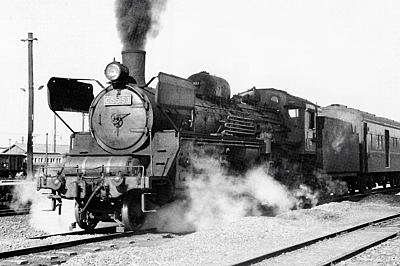
C55 No. 53
leaveing at Nakatsu, on the Nippo line.
April 1959.
(Photo credit to S.Sumino)
Japanese
|
1934 - 1975 A middle to large Tender-Engine for main and sub-main line passenger trains. |

C55 No. 53 leaveing at Nakatsu, on the Nippo line. April 1959. (Photo credit to S.Sumino) |
|
The Class C55 was an improved model of the C51 and C54.
A total of 62 (*) engines were produced from 1934 until 1937 when the C57 made its appearance.
C55 was the pioneer of Japanese modern standard passenger engines
and led to the later model D51 and C57 with more modern technological advancement.
The C55 adopted a Smoke Deflector, Sand box and Steam dome all-in-one from the original design for the first time.
(* JGR - 62, Taiwan R.- 9, Total - 71) The first C55 was manufactured at the Kawasaki Rolling Stock Manufacturing Co. during March 1935 as it's serial number was 1538. After its inception, the C55 was utilized for many years on the Hakodate, Tohoku, Ou, Kansai, Sanin and Nippo lines.
After WW2, all 62 C55s still existed up to 1963, and their culling began from 1964. However, 6 years later during 1970, their numbers were decreased to 17. They were ; 5 in the Asahikawa depot (No.1, 30, 47, 49 and 50) for the Soya line, 6 in the Wakamatsu depot (No.19, 46, 51, 52, 53 and 57) for the Chikuho line. 5 in the Yoshimatsu depot (No.10, 26, 27, 30 and 34) for the Kitto, Nippo and Hisatsu line, 1 in the Tosu depot (No.13) ... out of service. Finally, the last C55s survived at Japan's north and south ends. The northern edges last C55s were Asahikawa depot's No.30 and 50 and they saw service on the Soya line until October 1974. The south edges last C55s were Kagoshima depot's No.52 and 57, and they saw service up to March 1975 on the Nippo line. |
| Primary ran line in last 10 years |
Soya, Bantan, and Nippo line.
| Last line/depot and year |
South part of Nippo line / Kagoshima depot Mar.1975
| Restored engine (2017) |
none
| Preserved engine (2017) |
4 (No.1, 50, 52, 53)
| |
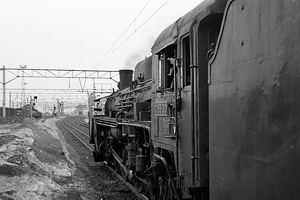
|
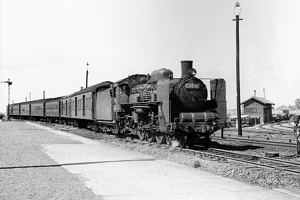
| ||||
|
Remnants of the original streamline shape could be seen in the original streamline design by a "bump" just foreward of the cab. In this photo the "bump" is not apparent on C55_30. Mar 1970 in Asahikawa. |
C55_14 at Usa-Jingu, Nippo line April 1959. (Photo credit to S.Sumino)
| 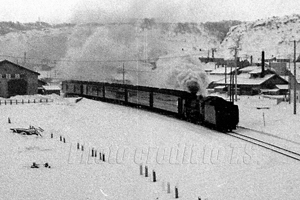
| 
Turn-Headed operation C55. | Mar 1968 Minami-Wakkanai.
Winter operations on Japan's northern island | has a C55 during its last active phase on the Soya line. C55_47 leaves Wakkanai located on the northernmost tip of Japan. Mar 1971. |
| ||
|
The last C55, C55_57 at the Yoshimatsu depot. During Mar 1974. (Photo credit to Nicholas Pertwee) |
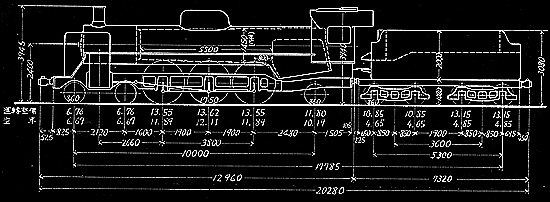
| Configuration | 4-6-2 | Dimensions Length (mm) | 20380 |
| Engine Weight (Operating tons) | 66.0 | Driver size (mm diameter) | 1750 |
| Boiler pressure (Kg/cm2) | 14.0 | Max Tractive effort (tons) | 10.2 |
| Driver Max Power (PS) | 1040 | Max Speed (km/h) | 100 |
| Manufactured years | 1934-1937 | Total production | 62 |
| Gauge | 3ft 6in (1067mm) |
Introduction |
Go to Top |